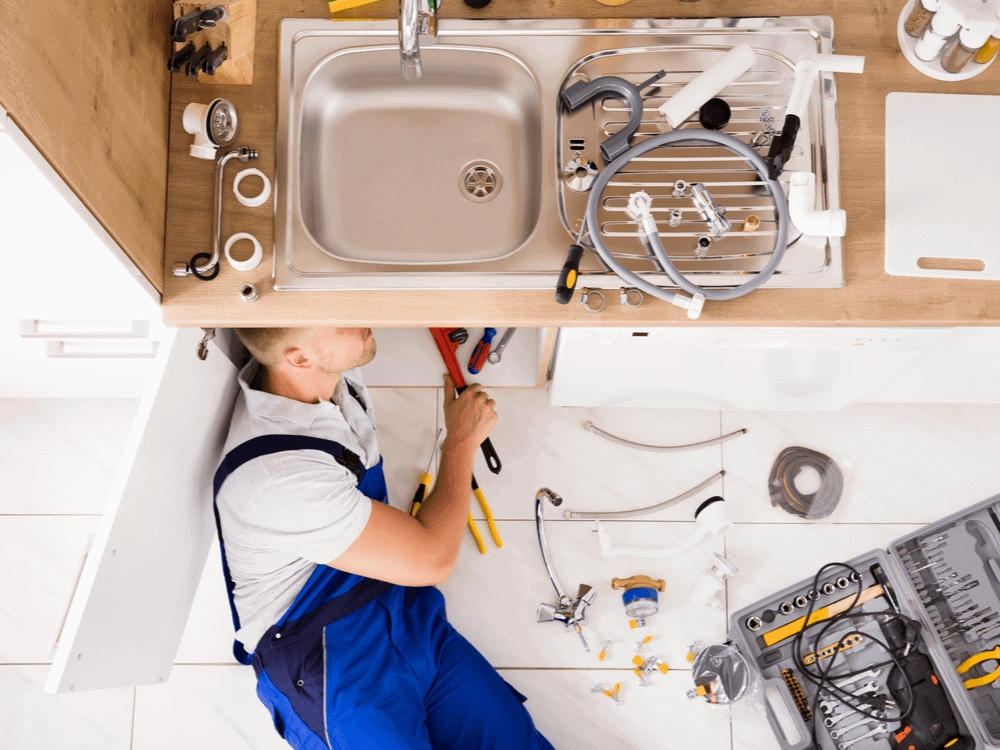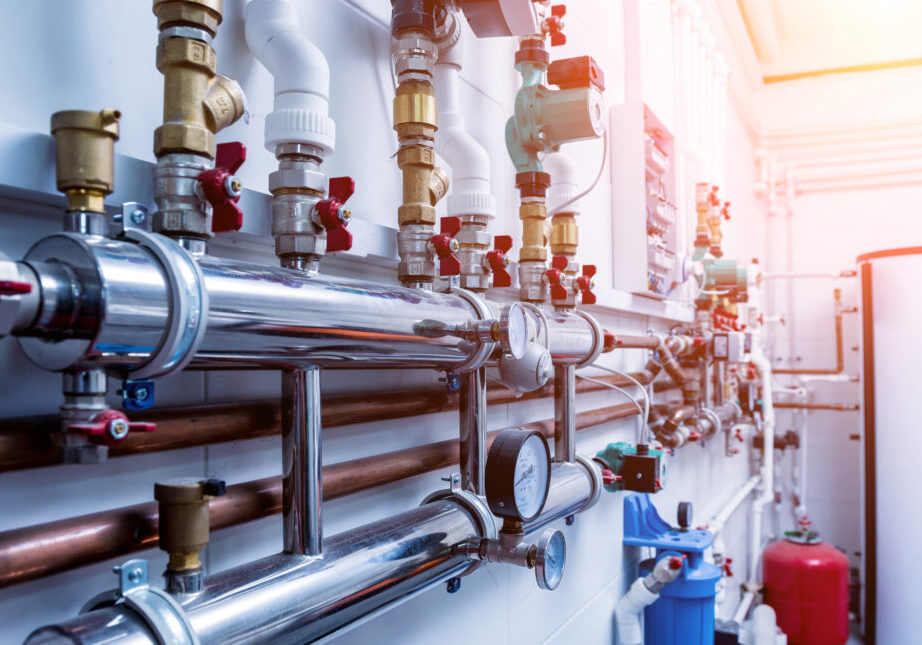The Basics to Your Home's Plumbing System Anatomy
The Basics to Your Home's Plumbing System Anatomy
Blog Article
Any individual has got their private rationale involving Exploring Your Homes Plumbing Anatomy.

Understanding just how your home's plumbing system functions is vital for every single house owner. From delivering tidy water for drinking, food preparation, and bathing to safely eliminating wastewater, a well-maintained pipes system is essential for your family members's health and comfort. In this thorough guide, we'll discover the intricate network that comprises your home's plumbing and offer pointers on maintenance, upgrades, and taking care of common concerns.
Introduction
Your home's pipes system is more than just a network of pipelines; it's a complex system that guarantees you have accessibility to tidy water and effective wastewater elimination. Knowing its elements and just how they work together can assist you protect against expensive fixings and ensure every little thing runs smoothly.
Fundamental Elements of a Plumbing System
Pipes and Tubes
At the heart of your pipes system are the pipelines and tubing that bring water throughout your home. These can be constructed from various materials such as copper, PVC, or PEX, each with its benefits in regards to durability and cost-effectiveness.
Fixtures: Sinks, Toilets, Showers, and so on.
Components like sinks, bathrooms, showers, and bath tubs are where water is made use of in your home. Comprehending exactly how these components attach to the pipes system helps in identifying issues and intending upgrades.
Shutoffs and Shut-off Points
Valves manage the circulation of water in your pipes system. Shut-off valves are vital throughout emergency situations or when you need to make fixings, allowing you to isolate parts of the system without interrupting water flow to the whole residence.
Water System
Key Water Line
The main water line connects your home to the community water system or a personal well. It's where water enters your home and is dispersed to numerous fixtures.
Water Meter and Pressure Regulator
The water meter steps your water usage, while a pressure regulator makes sure that water streams at a secure stress throughout your home's pipes system, stopping damages to pipelines and components.
Cold Water vs. Warm water Lines
Recognizing the difference in between cold water lines, which supply water directly from the primary, and warm water lines, which bring warmed water from the hot water heater, assists in fixing and planning for upgrades.
Drain System
Drain Pipeline and Traps
Drain pipes carry wastewater away from sinks, showers, and toilets to the sewage system or septic system. Catches protect against drain gases from entering your home and also catch debris that might cause clogs.
Air flow Pipelines
Air flow pipelines enable air into the drainage system, protecting against suction that can slow down drainage and cause traps to empty. Proper air flow is necessary for preserving the stability of your pipes system.
Value of Correct Water Drainage
Making sure appropriate drain avoids backups and water damage. Regularly cleansing drains pipes and preserving catches can protect against pricey fixings and expand the life of your pipes system.
Water Heating Unit
Sorts Of Hot Water Heater
Water heaters can be tankless or traditional tank-style. Tankless heating systems warm water on demand, while containers keep heated water for prompt use.
Upgrading Your Pipes System
Reasons for Updating
Updating to water-efficient fixtures or changing old pipes can enhance water quality, lower water bills, and raise the value of your home.
Modern Plumbing Technologies and Their Advantages
Explore modern technologies like clever leakage detectors, water-saving bathrooms, and energy-efficient water heaters that can conserve cash and decrease environmental influence.
Expense Considerations and ROI
Calculate the ahead of time expenses versus long-term savings when taking into consideration plumbing upgrades. Many upgrades spend for themselves through reduced energy costs and fewer fixings.
Exactly How Water Heaters Attach to the Plumbing System
Recognizing how hot water heater connect to both the cold water supply and warm water circulation lines assists in detecting issues like inadequate hot water or leaks.
Maintenance Tips for Water Heaters
Routinely purging your water heater to remove debris, examining the temperature setups, and inspecting for leaks can prolong its life-span and boost energy effectiveness.
Usual Plumbing Problems
Leaks and Their Reasons
Leaks can happen as a result of aging pipes, loosened installations, or high water pressure. Dealing with leaks immediately prevents water damage and mold and mildew development.
Clogs and Blockages
Blockages in drains pipes and toilets are usually brought on by purging non-flushable items or an accumulation of oil and hair. Making use of drainpipe screens and being mindful of what decreases your drains pipes can protect against clogs.
Indications of Pipes Troubles to Watch For
Low water stress, slow drains pipes, foul odors, or unusually high water bills are indications of prospective pipes troubles that need to be addressed quickly.
Plumbing Maintenance Tips
Routine Assessments and Checks
Set up yearly pipes inspections to catch concerns early. Seek indications of leaks, rust, or mineral accumulation in taps and showerheads.
Do It Yourself Upkeep Tasks
Basic jobs like cleansing tap aerators, looking for commode leakages making use of color tablet computers, or shielding revealed pipes in chilly climates can avoid major plumbing issues.
When to Call a Professional Plumbing
Know when a plumbing issue requires professional expertise. Attempting intricate fixings without correct expertise can cause more damage and higher repair costs.
Tips for Lowering Water Use
Basic routines like repairing leaks promptly, taking much shorter showers, and running complete tons of laundry and dishes can preserve water and reduced your utility costs.
Eco-Friendly Plumbing Options
Consider lasting pipes materials like bamboo for flooring, which is durable and environment-friendly, or recycled glass for counter tops.
Emergency Preparedness
Actions to Take During a Plumbing Emergency situation
Know where your shut-off shutoffs are located and how to switch off the water supply in case of a burst pipe or significant leakage.
Significance of Having Emergency Situation Calls Useful
Keep call info for local plumbing professionals or emergency situation services conveniently offered for fast feedback throughout a plumbing situation.
Environmental Impact and Preservation
Water-Saving Fixtures and Devices
Setting up low-flow faucets, showerheads, and commodes can considerably lower water usage without giving up efficiency.
DIY Emergency Situation Fixes (When Relevant).
Momentary solutions like using air duct tape to patch a dripping pipe or positioning a container under a trickling faucet can decrease damage till an expert plumber shows up.
Conclusion.
Comprehending the makeup of your home's pipes system equips you to preserve it effectively, saving money and time on repair work. By adhering to regular upkeep routines and remaining informed about contemporary pipes modern technologies, you can ensure your plumbing system operates successfully for many years to find.
Exploring Your Homes Plumbing Anatomy
Water Supply System
Main Water Line: This is where water enters your home from the municipal supply or a private well. Water Meter: Typically located near where the main water line enters the property, it measures the amount of water used. Shutoff Valve: It s crucial to know where this is in case of emergencies. It allows you to turn off the water supply to the entire house. Pipes and Fittings: These distribute water throughout your home. Materials can include copper, PVC, or PEX. Drain-Waste-Vent (DWV) System
Drains: Located in sinks, showers, and tubs, these carry wastewater away. Traps: U-shaped pipes under sinks that hold standing water, blocking sewer gases from entering the home. Vents: Pipes that lead from the DWV system to the outside, preventing vacuum formation and allowing gases to escape. Sewer Line: Carries all wastewater from the home to the municipal sewer system or a septic tank. Fixtures and Appliances
Sinks, Toilets, and Showers Dishwashers and Washing Machines Water Heaters Maintenance Tips
Regularly check for leaks in exposed pipes and around fixtures. Inspect the water heater annually for signs of wear. Clean drains and traps to prevent clogs and odors. Know how to shut off water to individual fixtures. When to Call a Professional
Major leaks or burst pipes Installation of new pipes or fixtures Septic tank issues Remodeling projects that involve plumbing changes Conclusion
Understanding the anatomy of your home's plumbing is key to maintaining a functional and efficient system. Regular checks and knowing when to call in the experts can save you time, money, and stress.
https://www.mavyn.com/blog/exploring-your-homes-plumbing-anatomy

I stumbled upon that blog entry about The Inner Workings of Your Home's Plumbing while perusing the web. Do you know another individual who is intrigued by the niche? Do not hesitate to share it. I treasure your readership.
Visit My Site Report this page